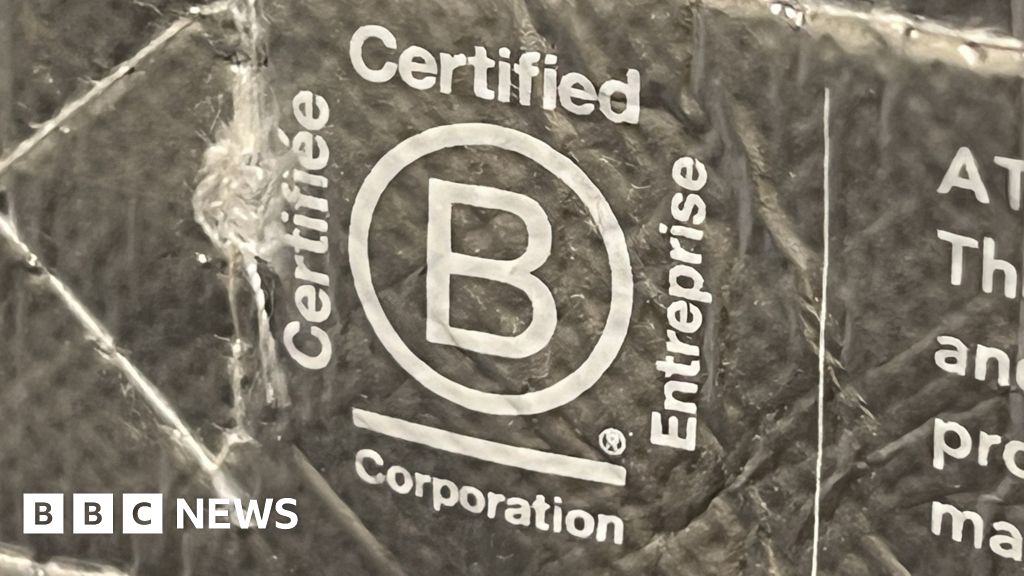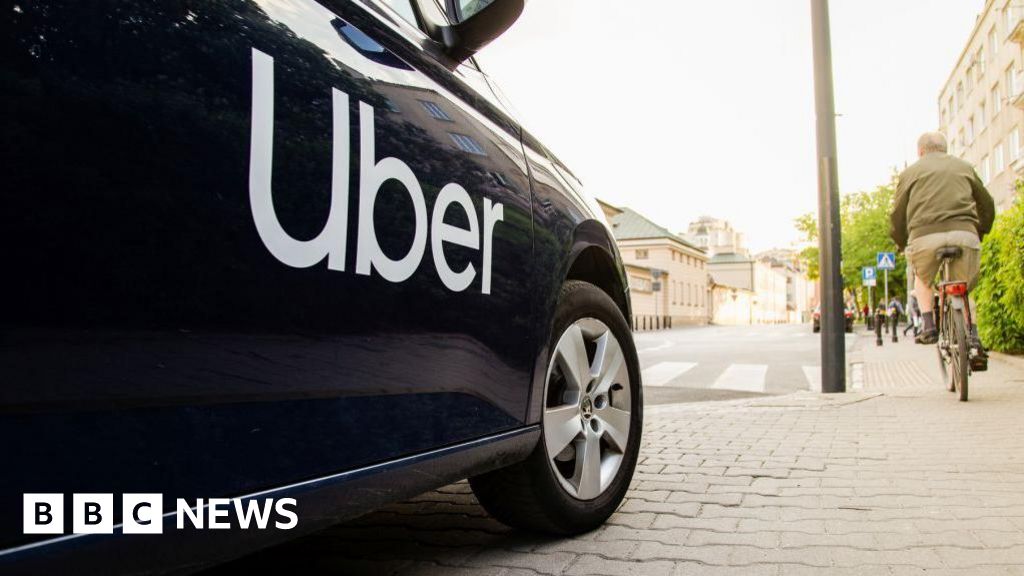Recognize
Photo by christitzeimaging.com
Do you feel appreciated at work? When was the last time you were thanked for a job well done (or for anything)? Are you aware of the impact you’re making? If you’re like many employees today, the answer is a resounding no/not nearly enough! Leaders and companies weren’t necessarily great at providing recognition before the pandemic, but the problem has worsened since. New work models make it hard for employees to keenly understand the impact they have, and leaders continue to struggle to spot behaviors worth recognizing (either due to remote work making it more difficult, general busyness, or both) and often don’t do enough to amplify when they do see them.
Being slow to recognize has consequences. Respondents to a recent Deloitte workplace well-being survey cited lack of recognition as one of the three most detrimental leadership behaviors to their well-being. In a brand new survey I conducted with American Law Media, 44% of the nearly 900 lawyers and legal professionals who responded said lack of recognition was a source of stress, citing the frequency of being recognized by their colleagues for their work contributions as either once a month, a few times a year or less, or never.
Lack of recognition is one of the core six drivers of burnout at work, along with unmanageable workload, lack of community, lack of autonomy, values disconnect, and unfairness. I have worked with thousands of leaders and teams since the beginning of the pandemic to address burnout concerns, and while unmanageable workload was the biggest source of stress for the teams and leaders with whom I spoke, lack of recognition was a close second.
In our lengthy workshop discussions, most leaders admitted that recognition wasn’t something that they did well, and even if their teams or organizations did have some type of recognition or appreciation program, it was just that. A codified day to say “thanks” or a recognition check in based on years of service. Helpful, but nothing personal or specific creating what I call “sticky recognition.” Sticky recognition is a specific way to show a person the evidence of their impact, and when that happens, important business and well-being outcomes follow.
When people clearly know the impact they have, it unlocks belonging, motivation, and trust and even acts as a stress buffer. Employees who strongly agree that recognition is an important part of an organization’s culture are 3.7 times as likely to be engaged and almost half as likely to experience burnout as those who do not.
In addition, sticky recognition activates mattering, which powerfully counters feelings of low professional efficacy (confidence) and can reduce the cynicism dimension of burnout. To matter, people must feel valued (heard, appreciated, and cared for) and they must feel like they add value. It’s a two-part definition: feeling valued and adding value. Lack of mattering is associated with burnout, self-criticism, anxiety, depression, and risk of suicide.
Further, researchers have found that people who express appreciation are seen as warmer, more competent and caring about others, and the people being thanked actually do extra work for them. To further prove this point, I have been collecting stories of sticky recognition from friends and strangers alike, and this one stuck out. A former practicing lawyer reported how many years ago she completed a mundane work task for a partner. When the partner called her after she turned in the assignment, she hesitated to take the call, not wanting to do more mundane work. When she answered, she discovered that the partner just wanted to thank her for a job well done, and he explained why the summaries she created were so beneficial. She said, “The whole conversation lasted maybe 120 seconds, but I still remember it almost 14 years later. And going forward, I said yes to any assignment he called with.” The deeper reason why sticky recognition makes this so is because you feel valued and that fortifies relationships.
If creating a culture of sticky recognition is easy (you can literally do it right now), doesn’t take much time (a couple of minutes or less in most cases), and is free, why don’t we do it? This is low hanging work engagement fruit. Here are some reasons leaders have given to me:
- Too busy – I’m supposed to add this to my list of things to do now?
- Too focused on preventing mistakes that I forget to mention or don’t amplify what’s right
- It’s not urgent – I don’t think that someone will walk out the door tomorrow because I didn’t thank them today
- It’s not my job to be your cheerleader
- You get a paycheck – that’s thanks enough
- It feels like “everyone gets a trophy” mentality
If this is your going in position about recognition and appreciation, then a mindset shift is needed. Recognition isn’t about stroking someone’s ego. It’s about giving the people who you value the psychological fuel to feel engaged.
One easy strategy to create “sticky” recognition is a technique I use called a thank you “plus.” Think of a person you need or want to recognize. When you say thank you, add a couple of additional sentences. This is the “why” or the “because.” It’s the behavior or the strength that you saw that generated the good outcome. This skill sounds easy, but it takes some practice.
Work is fast-paced, complex, uncertain, and stressful. Your most valuable asset – the people in your organization – can only take so much. Sticky recognition provides an easy and important entry point to help people cope with this stress. Being aware of your impact and knowing you matter – isn’t that what we all want?
Paula Davis is the CEO of the Stress and Resilience Institute and is the author of Beating Burnout at Work: Why Teams Hold the Secret to Well-Being & Resilience.
Credit: Source link











